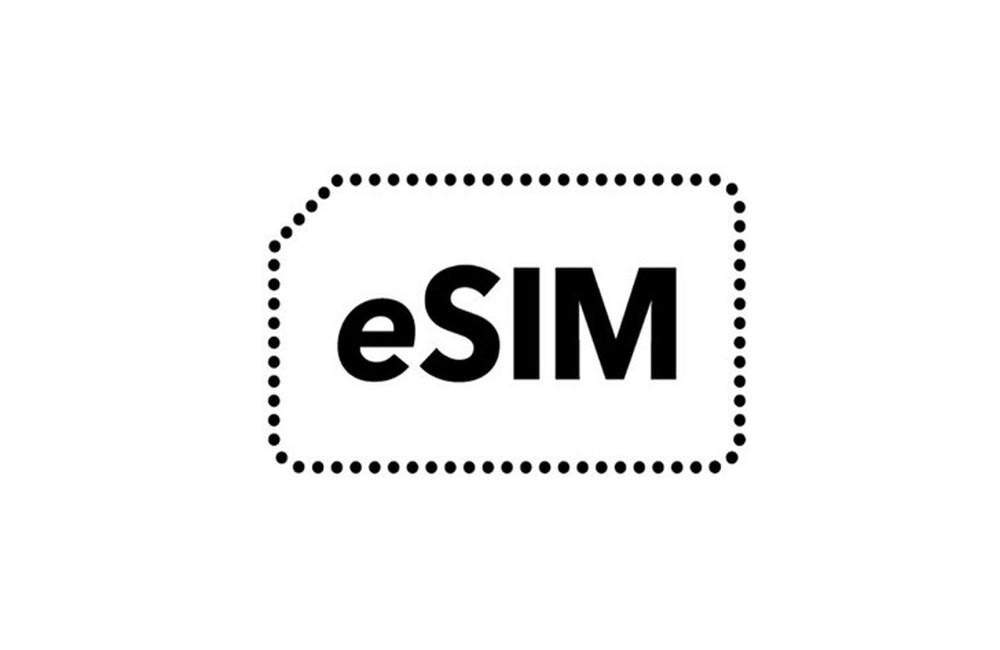IoT is taking the world by storm. It is transforming lifestyle patterns, making everything around smart and quite responsive. According to research, IoT will contribute 4.8% of GDP globally (that translates to around 4.8 trillion by the end of 2023). And by 2022, almost all US phones will be using eSIMs because of their convenience and ease of use.
There are two different standards of eSIM cards; one for consumer devices and another for M2M devices. Although both of them aren't the best fit for low-power IoT devices, their value is worth it.
With this speed, SIM cards are becoming agile and small to handle all that speed. So, the future of 5g lies utterly on embedded SIM cards which cannot be removed or replaced. Additionally, they are small and can fit into wearable devices such as wristbands, smartwatches, and many more.
Therefore, eSIMs have already taken a position to host the newest devices when 5g comes. Yes, because these devices will provide the powerful processing speed needed to manage connections.
Understanding eSIM
eSIMs or Embedded Universal Circuit Cards (eUICC) are small SIM cards mounted on the device's board. It all started with mini, then came to micro, nano, and here we are at eSIM. This is an integrated chip that can not be removed. eSIM technology allows users to secure and manage their subscriptions remotely to enhance user experience.There are two different standards of eSIM cards; one for consumer devices and another for M2M devices. Although both of them aren't the best fit for low-power IoT devices, their value is worth it.
The benefits of eSIM technology
eSIM technology provides several benefits to everyone, including consumers, distributors, operators, among others. Some of them may include;Multiple cellular networks
It provides a wide range of cellular profiles, which makes it work better in even hard-to-reach areas.Storage design
You don't need specific slots like SIM cards, and hence a perfect option for space constraint IoT devices.Future-proofing connected devices
SIM cards will prevent users from changing the network because you need to buy and install a new one. Conversely, eSIMs offer users an option to switch between a wide range of cellular networks. So, there is no need for replacement. It also protects emerging technology networks, including 2g, 3g, and 4g.Improved logistical efficiencies
Because there is no physical sim card replacement, companies can now administer their IoT subscriptions from a single place. This streamlines the complexity of managing plenty of devices spread across many geographies.Optimized IoT returns and investments
With IoT eSIMs, you can provision multiple carrier profiles and switch the most economical network available. This improves operational efficiencies and financial savings.Enhances security
Poor IoT security is a huge risk to the organization. Risks such as data theft, inaccurate data, data coverage expenses, and many more). eSIMs, thus, offer an effective way of improving data security. Yes, because they are permanently mounted on the device. So, you are avoiding the risks of getting it lost or being stolen.eSIM technology: How it will impact the future 5g
5g is expected to scale the world faster when in terms of the internet. It is speculated that 5g can allow users to download content at a speed of 1GB per second.With this speed, SIM cards are becoming agile and small to handle all that speed. So, the future of 5g lies utterly on embedded SIM cards which cannot be removed or replaced. Additionally, they are small and can fit into wearable devices such as wristbands, smartwatches, and many more.
Therefore, eSIMs have already taken a position to host the newest devices when 5g comes. Yes, because these devices will provide the powerful processing speed needed to manage connections.
